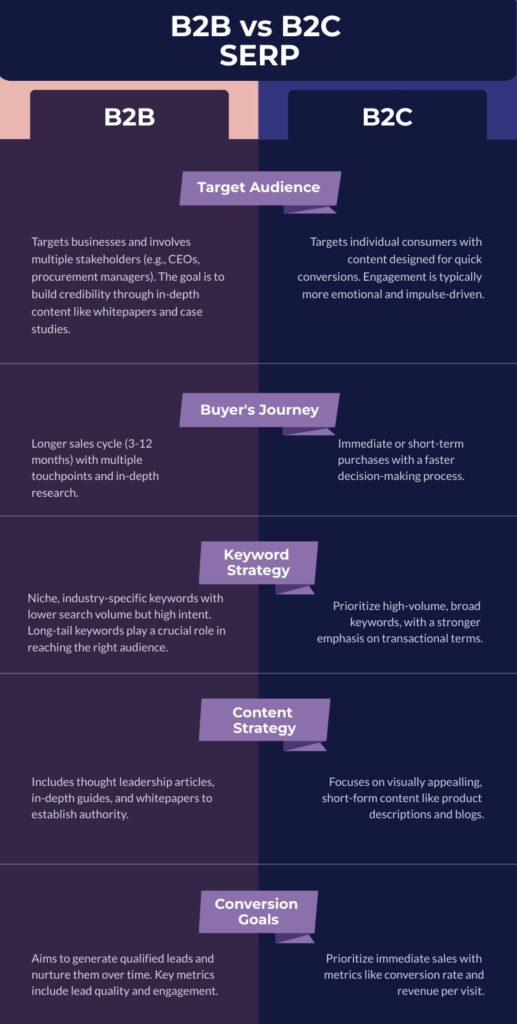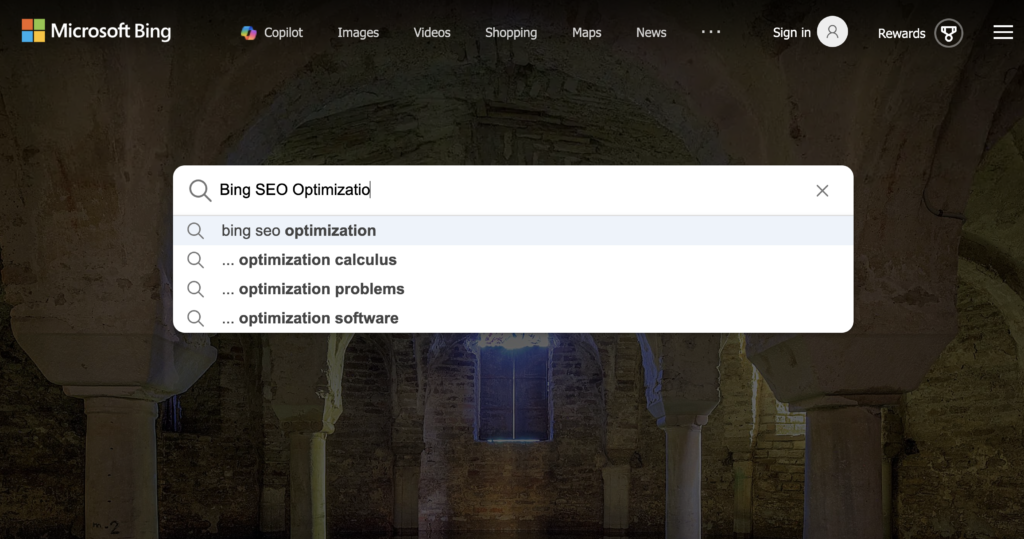Ecommerce businesses frequently encounter inventory challenges. In fact, 56% of retailers report difficulties with accurate inventory tracking. Keeping track of competitor inventory levels is a game-changer for online retailers. Whether you’re looking to maximize sales, anticipate demand, or make smarter pricing decisions, scraping competitor inventory data provides valuable insights. This guide will walk you through the benefits, legal considerations, challenges, and best tools for scraping competitor inventory levels effectively.
Benefits of Scraping Competitor Inventory Data
Monitoring competitor stock levels allows online retailers to make data-driven decisions and stay ahead in a competitive market. Here are some key benefits:
- Identify When Competitors Run Out of Stock: If a competitor runs out of a high-demand product, you can capitalize on the opportunity by adjusting your pricing, boosting promotions, or ensuring your stock is well-maintained.
- Efficient Inventory Management: Poor inventory management causes businesses to lose up to 11% of their annual revenue, mainly due to stockouts and overstocking.
- Improved Omnichannel Management: For companies selling across multiple platforms, scraping ensures accurate inventory representation across all channels.
- Better Supplier Monitoring: Scraping can extend to supplier websites, helping businesses plan inventory more effectively.
- Monitor the velocity of competitor sales: When scraping inventory levels over time, you can begin to track sales volumes.
How to Scrape Competitor Inventory Data Legally and Effectively
Scraping competitor inventory data can be incredibly useful, but it’s essential to follow legal and ethical best practices to avoid violating website terms of service or data privacy laws.
Best Practices for Legal Scraping
- Use APIs When Available: Leveraging an API ensures compliant data collection while reducing maintenance costs.
- Scrape Only Publicly Available Data: Avoid accessing password-protected, user-restricted, or proprietary information.
- Implement Rate Limiting: Prevent excessive requests that could overwhelm the target website and lead to IP bans.
- Focus on Factual Data: Stick to publicly available product codes, prices, and stock levels, which are typically not protected by copyright.
- Comply with Data Privacy Regulations: Ensure compliance with laws like GDPR and CCPA by avoiding the collection of personal data.
Steps to Scrape Competitor Inventory Data
- Identify Competitors: Determine which retailers you want to track and which specific inventory data is most relevant to your business.
- Select a Scraping Tool or API: You can either develop a custom scraper using Python or use a dedicated web scraper API.
- Set Up Your Scraper: Configure it to collect essential data such as product names, SKUs, pricing, and stock levels.
- Parse and Structure the Data: Organize the collected data in a structured format like CSV or JSON. A dedicated web scraper API can automate the process of structuring and parsing the data for quicker analysis.
- Schedule Regular Monitoring: Inventory levels fluctuate frequently, so set up automated scraping at regular intervals to maintain accuracy.
Main Challenges of Scraping Inventory Data
Extracting value from inventory data presents unique challenges compared to other web scraping applications, such as price monitoring.
- Location-Specific Data: Many retailers require a zip code input to display inventory, meaning you must ensure your scraper accounts for regional availability.
- In-Stock Validation vs. Inventory Levels: Some sites provide data on whether an item is in stock, while others provide a count of in-stock items.
- Frequent Website Changes: Retailers often update their website structures, requiring scrapers to be regularly maintained.
- IP Blocking & Anti-Scraping Measures: Some retailers implement security measures to prevent automated scraping, making API-based solutions a more reliable option.
Where to Find Inventory Data
If you’re looking to scrape inventory data, here are some common sources:
- Google Shopping – Aggregates product availability across multiple retailers.
- Amazon – Provides stock levels for millions of products.
- Walmart – Offers in-store and online inventory tracking.
- Target – Displays local store stock levels.
- Home Depot – Shows inventory for both online and in-store products.
Benefits of Traject Data’s Inventory API
Traject Data’s Inventory API simplifies competitor inventory tracking by providing reliable, real-time data from multiple sources with flexible pricing options. Here’s what makes it stand out:
- Real-Time Updates: Get up-to-the-minute stock levels directly from retailer websites.
- Multiple Retailers: Access inventory data from a wide range of marketplaces to get a comprehensive view of product availability.
- Structured Data Format: The API delivers clean, structured data, reducing the need for manual parsing.
- Coverage: Traject Data provides APIs for Google Shopping, Amazon, Walmart, Home Depot, and Target.
Get Started with Traject Data’s Inventory APIs
If you’re ready to gain a competitive edge with real-time inventory insights, explore Traject Data’s APIs today and start optimizing your inventory strategy.
Ready to See What Traject Data Can Help You Do?
We’re your premier partner in web scraping for SERP data. Get started with one of our APIs for free and see the data possibilities that you can start to collect.


